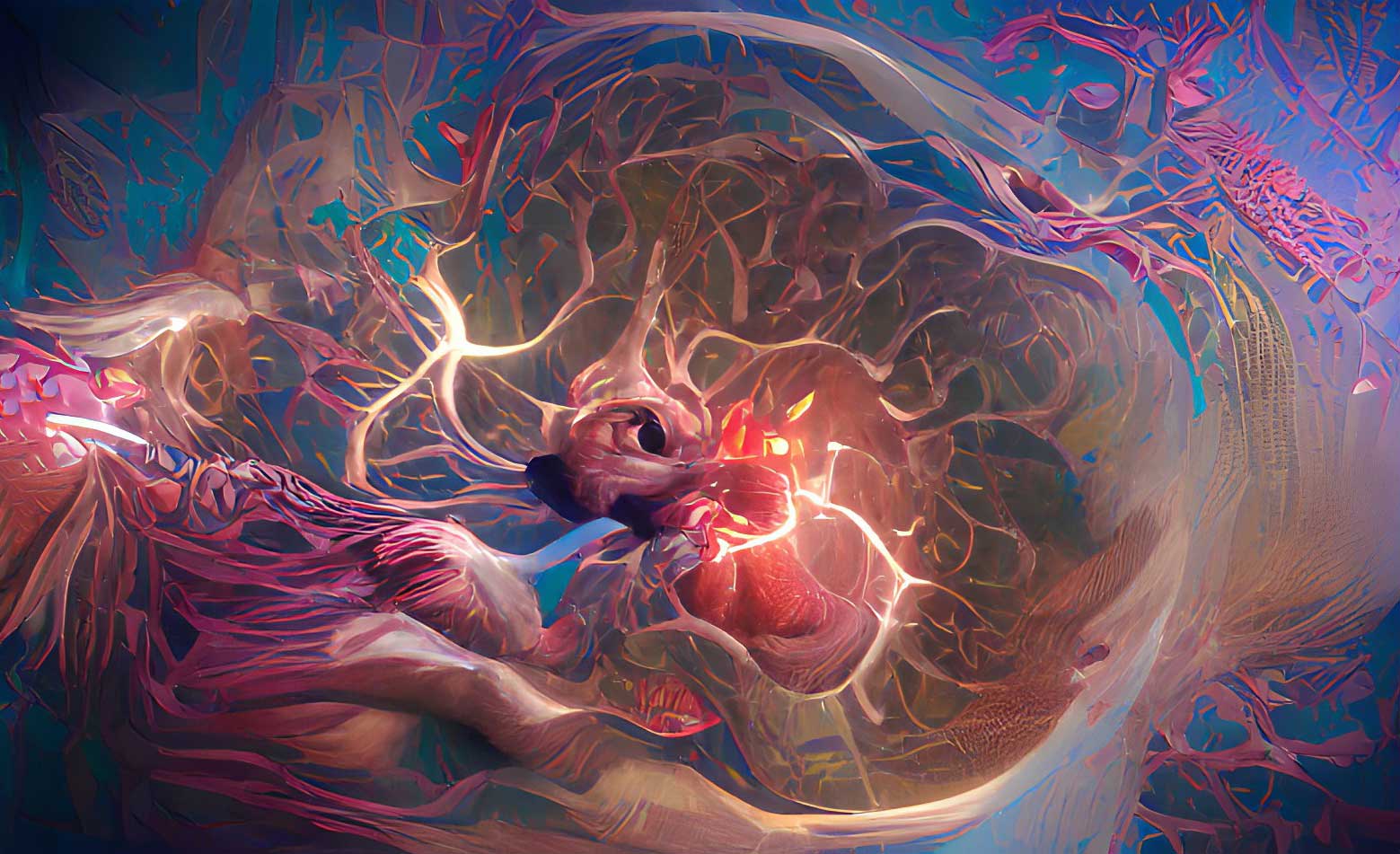David Attenborough says humans have stopped evolving. He's wrong
The famous documentarian has some strong views about the potential of our species, but he overlooks the diversity of environments we have created.

Lots of readers have asked me to react to this Telegraph article: “Sir David Attenborough: Humans have stopped evolving”:
We stopped natural selection as soon as we started being able to rear 9599 per cent of our babies that are born.
We are the only species to have put a halt to natural selection, of its own free will, as it were.
Well, obviously he’s wrong.
First, should we discount the rapid evolution of the last 10,000 years? My post from several years ago describes this finding (“How human evolution accelerated”).
Admittedly, many of the ecological factors that were important in that time frame are no longer selecting in the same way on human populations. It’s not obvious, for example, that milk drinking is correlated with higher offspring number in today’s industrialized societies, or that the speed of starch breakdown in saliva has anything to do with survival today.
But malaria does. It remains the top pathogen for human misery in the world, killing millions every year and debilitating many, many more. More than two dozen genes in human populations have common alleles that help to protect against malaria, from the well known (sickle-cell) to the obscure (FLT1). Natural selection is mercilessly maintaining them in human populations. For some of these genes, natural selection is maintaining an equilibrium, with deaths from malaria balancing deaths in homozygotes who carry a harmful genotype. Even populations where malaria has been eradicated in the last hundred years, like the United States, still suffer natural selection on some of these genes. The sickle cell allele has been declining in frequency among African Americans for the last hundred years, as a result of selection against the sickle allele in homozygotes.
People who talk about “natural selection stopping” in humans are usually forgetting about most of the world.
They’re also forgetting about the other side of selection’s two-faced coin: fertility. Not having children, or not bringing a pregnancy to term, allow selection just as death does. Fertility differences have become marked in today’s industrialized societies, as people delay starting families into their 30s or 40s, or decide not to have children at all.
The Framingham study, in the town of Framingham, Massachusetts, is one of several that have examined phenotypes in large samples of people for long enough to examine fitness outcomes. Measure somebody when young, wait a long time, and see how many children they had. This is a measure of fitness, one that does not ignore the fertility component.
As studied by Stephen Stearns and colleagues, such studies have shown consistent and strong evidence for natural selection in the populations of the last fifty years. From a 2010 review paper Stearns:2010:
These studies report three striking findings. First, both women and men are under selection for earlier age at first birth in both pre-industrial, natural fertility populations and in post-industrial populations. Second, women are under selection for later age at last birth in a pre-industrial population and later age at menopause in two post-industrial populations. Third, women are under selection for increased height in one pre-industrial population and for decreased height in three post-industrial populations.
And about saliva, above, I wrote “not obvious” because correlations between fitness and diet-related genes today in human populations are not inconceivable. For example, the Framingham study showed that weight in American women has been positively selected over the last 50 years, while blood glucose level has been under stabilizing selection – extreme high and low blood sugar levels having fewer offspring. No one has yet investigated whether salivary amylase or lactase affect either phenotype in Americans today. Both phenotypes are heritable in this population, meaning that some additive variation in genes underlies the total variation. Maybe someday we’ll learn which genes are involved.
The next phase of human genetics will see the sequencing of hundreds of thousands of genomes. The UK has already embarked upon a project to acquire more than 100,000 genomes, and we can anticipate the addition of genetic sampling to vast long-term health studies in other nations. These studies are intended to discover associations between rare alleles and disease traits. Their huge sample size means that they will be much more powerful in identifying correlations between alleles and fitness than we have for any population in nature. We will begin to see an unparalleled picture of evolution in action, in human societies, now.
What will this do for our concept of humanity?
I expect it will be an enormous opportunity for biology education, and for anthropology. The traits that make a difference to selection are not typically the ones that matter to the health of 70-year-olds. What we prioritize, the way we shape our lives, affects the evolutionary future of our species – maybe in surprising ways.
John Hawks Newsletter
Join the newsletter to receive the latest updates in your inbox.



